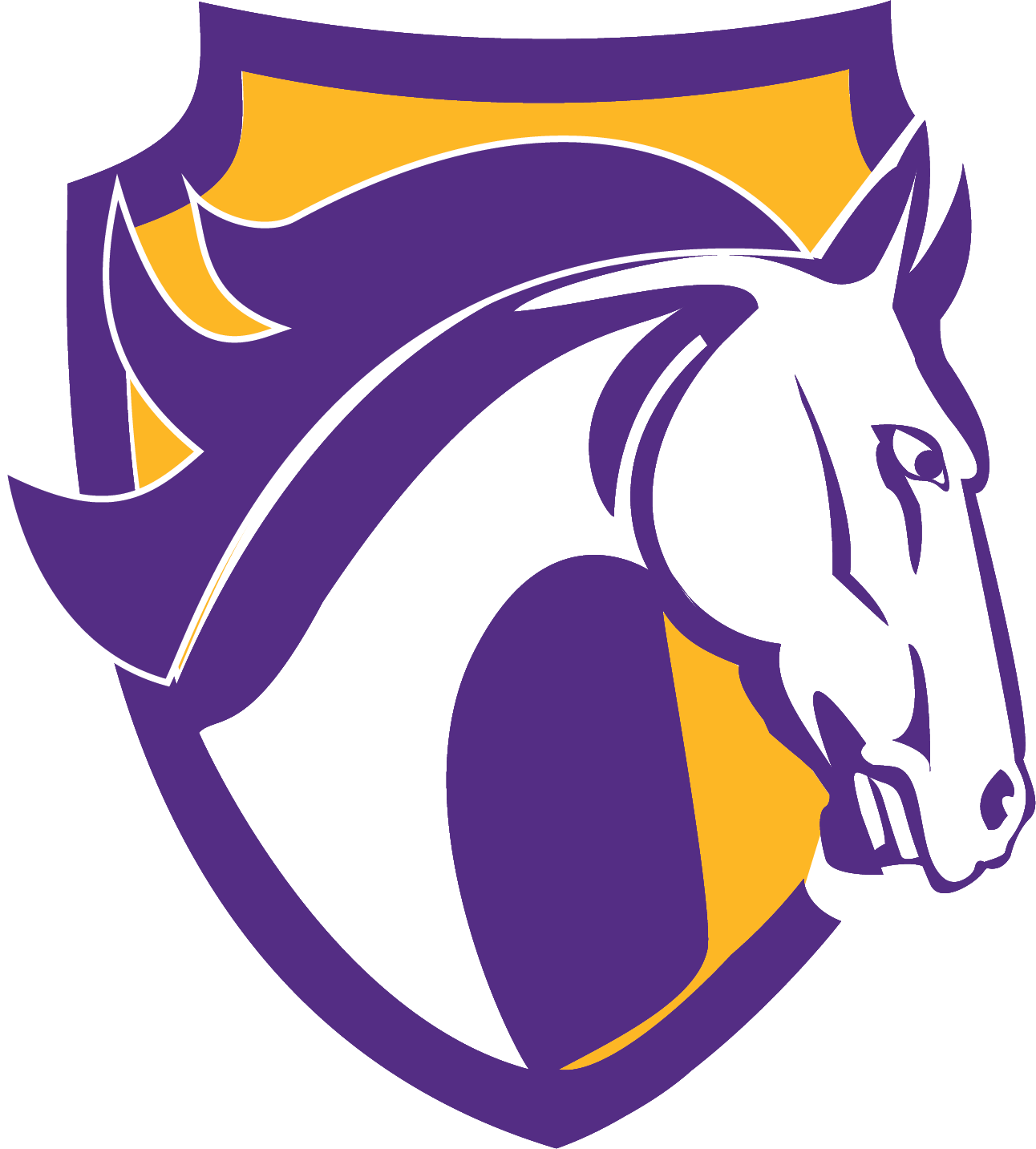Skip to content
Show submenu for Our School
Show submenu for Departments
Departments
Show submenu for Student/Academics
Student/Academics
Show submenu for Families
Families
Show submenu for Community
Show submenu for Policies/Plans
Policies/Plans
Show submenu for Forms
Forms
Show submenu for Quick Links
Show submenu for
